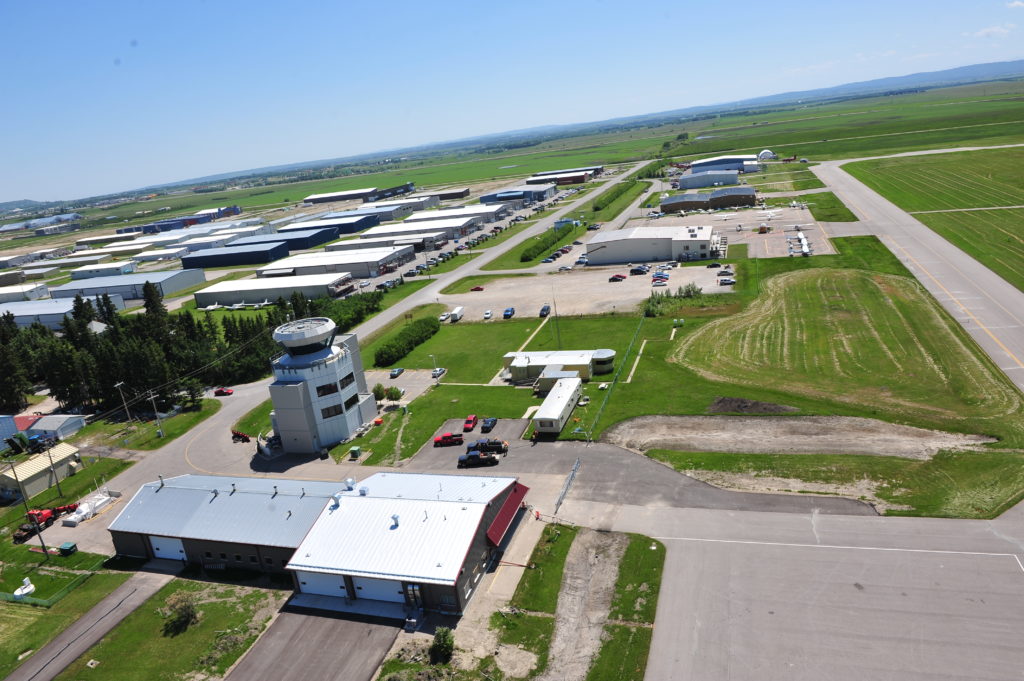Estimated reading time 6 minutes, 14 seconds.
Canada’s airports appreciate the swift efforts taken to control the spread of COVID-19 and mitigate the economic impact of lock-downs on the Canadian economy. However, without direct action by the federal government on sector-specific challenges, many airports will have to raise rates and charges to users in order to repay debt and interest incurred to cover operating expenses.

There have been positive steps. Some programs, such as the Canada Emergency Wage Subsidy, have been helpful to airports. We also appreciate the active engagement by the federal government on airports’ needs, including regulatory relief and ongoing discussions on mitigating the financial impact of COVID-19.
Along with airlines, Nav Canada, and other partners, Canada’s airports have experienced the same tremendous drop in traffic and revenues since this crisis began. In April alone, passenger volume was down by more than 90 per cent from normal levels. In spite of revenue losses estimated at more than $2 billion by the end of the year, airports must remain open to safely move goods, essential workers, and facilitate medevac and other important services for Canada’s economy.
The waiving of airport rent was helpful for cash flows at larger National Airports System airports, particularly for the eight busiest airports that pay 96 per cent of the rent. However, as rent is a charge on gross revenue that has plummeted by more than 90 per cent this year, this action will not deliver the $331 million in relief promised by the government as this figure was based on rent charged against 2019 revenues, not 2020.
Canada’s airports also appreciate the many government supports for individuals and organizations to date, which have been helpful but not in themselves enough to address the urgent financial situation Canada’s airports face:
- Canada Emergency Wage Subsidy (CEWS) has allowed many airports to avoid some layoffs that they otherwise would have made and airports are pleased that the program has been extended. However, dozens of municipal and regional airports across Canada cannot access CEWS, as they are owned and operated by municipal, territorial or provincial governments.
- The Large Employer Emergency Financing Facility (LEEFF) only applies to the four busiest airports in Canada. The program is not helpful to these airports as they currently have access to additional credit at much more favourable rates than this “program of last resort” would provide.
- Business Credit Availability Program (BCAP) loans also would dramatically increase airport debt loads at a time when they must preserve cash to survive. Swift recovery in the aviation sector is unlikely due to ongoing domestic and international travel restrictions.
- Canada Emergency Commercial Rent Assistance is being reviewed by airports. While it may still be helpful to some, most airports have already reached rent deferral agreements with their major tenants.
Further erosion of liquidity will hamper access to lending that is desperately needed to weather this crisis and the additional debt and interest that airports are taking on just to support ongoing operations will have to be repaid. Given that this crisis will depress traffic for many months to come and airports expect recovery to take three to five years, without additional support many of Canada’s airports will be forced to increase charges to airlines, passengers and other clients.
The CAC is putting forward workable solutions the government could implement to directly support Canada’s airports and ensure critical air connections to our communities remain viable:
- Waiving of federal airport ground rent for at least five years: Particularly for larger airports, this would be even more helpful in future years as traffic and revenues start to recover.
- Interest-free loans: The biggest concern airports have today is covering the cost of operations on little to no revenue. In addition to the impact of additional debt and interest payments on airport rates and charges, this threatens the ability of airports to maintain critical infrastructure, adapt to new health safety requirements, make mandated investments in safety infrastructure and support recovery in air travel to the benefit of airlines, tourism and regional economies. Interest-free loans, to be repaid over an extended period of time, would be the most helpful to the greatest number of airports.
- Loan/bond guarantees or preferred payments to lenders: Airports generally have no challenge accessing credit at favourable rates today, but could use help with covenants and to ensure their continued access to affordable debt. Federal lending programs announced to date offer terms that are no better than private lending already available to airports and do nothing to address these concerns.
- Small airport operational funding: The financial model for Canada’s smallest airports is barely sustainable at the best of times and yet, for many rural and remote communities, these airports provide the primary means of access. For airports with particularly low traffic volumes, a funding stream to cover essential operating expenses would be tremendously helpful. This would allow them to continue to connect their communities to much-needed goods, workers, supplies, and emergency services.
Despite the crisis, Canada’s airports remain committed partners to help the government and public health agencies contain the spread of the coronavirus and ensure the safe passage of travellers and goods while continuing to facilitate medical services, search and rescue, and other essential functions.








